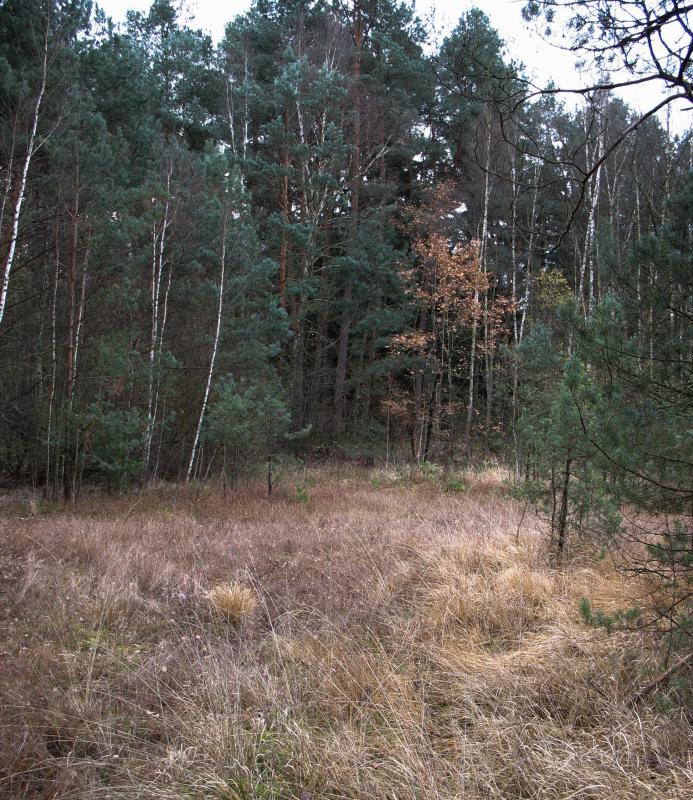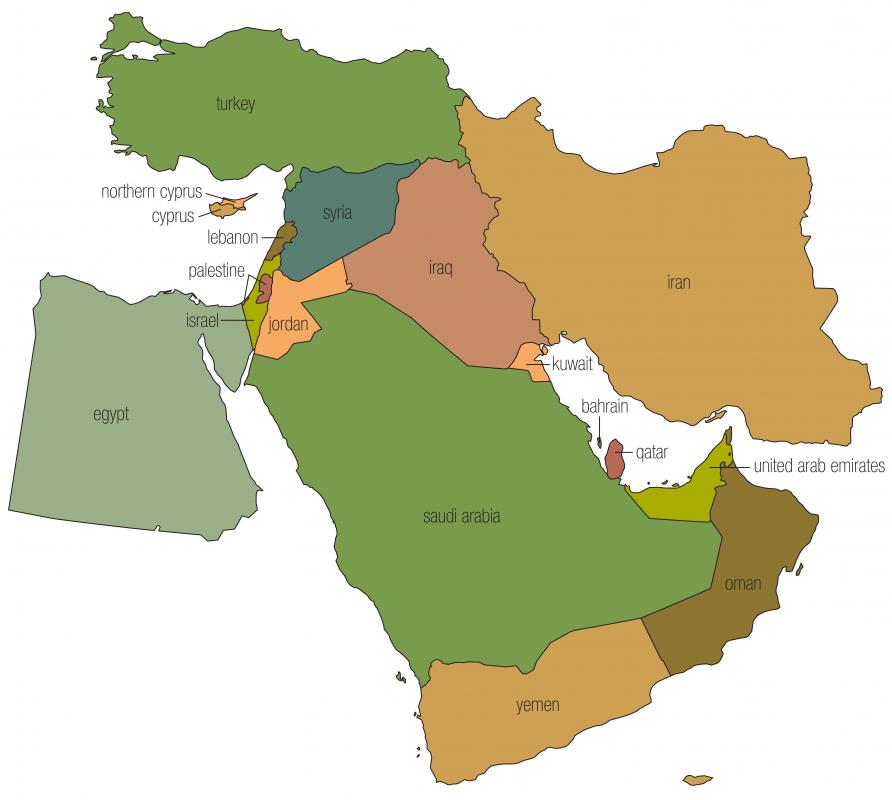At AllThingsNature, we're committed to delivering accurate, trustworthy information. Our expert-authored content is rigorously fact-checked and sourced from credible authorities. Discover how we uphold the highest standards in providing you with reliable knowledge.
What Is a Caspian Tiger?
The Caspian tiger is a now extinct subspecies of tiger, last seen in the late 1960s. With the scientific name of panthera tigris virgata, this tiger was once found in areas of Asia including Turkey, China and Iran. There are no Caspian, or Persian, tigers in captivity anywhere in the world. DNA analysis has determined that this tiger species was very closely related to the Siberian tiger.
Caspian tigers were relatively smaller than other species, weighing up to approximately 500 pounds (226 kg) and measuring up to 8 feet (about 2.44 m). Interestingly, their paws were large in comparison to other species. They could be identified by their narrow, bold stripes that had a cinnamon hue, and by their black patterns on the tail that were less distinct than other tigers, such as the Sumatran or Bengal tigers. They had pale winter coats and a hair length similar to other subspecies.

The preferred habitat of this big cat was lowland forest areas with plentiful water supplies. Ground and vegetation cover was essential to the hunting practices of the Caspian tiger, that favored wild boar and various deer species as prey. They were also known to target sheep, dogs and horses. Attacks on humans were extremely rare and the result of human infiltration in tiger territory. Caspian tigers were typically very solitary animals and had a fairly short average life span of approximately ten years.

The extinction of the Caspian tiger was the result of a combination of factors, including loss of habitat and hunting. Tigers in Russian territory were targeted by the Russian army as land was being transformed into farms and home sites. This forced the cats to move away from lowland areas subject to deforestation and to find refuge in mountainous areas for which they were not well suited. The species was also hunted for sport for many years before its extinction and was reportedly used in fighting arenas by a number of different groups.

The last official reported sighting of a Caspian tiger occurred at the end of the 1960s, although even this tiger kill is controversial. Some claims have been made that the subspecies still exists in very remote regions of Afghanistan, but there is no clear evidence to support these claims. Whether such sightings are accurate, if any tigers remain their numbers would be so small that the species cannot be considered viable. Some scientists believe that since the Caspian is so similar genetically to the Siberian tiger, the subspecies could be recreated using existing Siberian creatures.
Frequently Asked Questions
What was the Caspian tiger?

The Caspian tiger, also known as the Persian tiger, was a Panthera tigris subspecies that once roamed the forest habitats around the Caspian Sea, through Iran, to Turkey, and Central Asia. It was one of the largest tiger subspecies, characterized by its long and dense fur, which was a necessity for survival in the harsh winters of its habitat.
When did the Caspian tiger become extinct?

The Caspian tiger became extinct in the wild in the late 20th century, with the last confirmed sighting in the wild occurring in the early 1970s. Habitat destruction, hunting, and competition with domestic livestock contributed to their decline. Despite conservation efforts, the last Caspian tigers were believed to have been killed in the 1950s or 1960s.
What did the Caspian tiger look like?
The Caspian tiger was a large and powerful animal, with males weighing up to 240 kilograms (530 pounds). They had a fur color that ranged from light to dark tawny with a white belly, and their stripes were narrower, fuller, and more closely set than those of other tiger subspecies. Their thick fur was an adaptation to the cold climates of their habitat.
What was the Caspian tiger's habitat?
The Caspian tiger inhabited a range that stretched from Turkey and the Caucasus through Iran, to Central Asia, including Kazakhstan, Turkmenistan, Uzbekistan, and Tajikistan. They favored riverine forest habitats, reed beds, and areas with dense vegetation that provided cover for hunting and protection from the harsh climate.
Are there any efforts to bring back the Caspian tiger?
There have been discussions about rewilding areas with tiger species genetically similar to the Caspian tiger, such as the Amur tiger from Russia. These efforts would aim to reintroduce tigers into suitable habitats where the Caspian tiger once lived, but such projects require extensive research, habitat restoration, and international cooperation to ensure their success.
How did the Caspian tiger differ from other tiger subspecies?
The Caspian tiger was distinguished from other tiger subspecies by its physical adaptations to its environment. It had a stockier build, with long, dense fur and a thick mane around its neck, which were necessary for insulation against cold weather. Genetically, it was closely related to the Siberian tiger, sharing many characteristics adapted for life in colder regions.
AS FEATURED ON:
AS FEATURED ON:















Discuss this Article
Post your comments